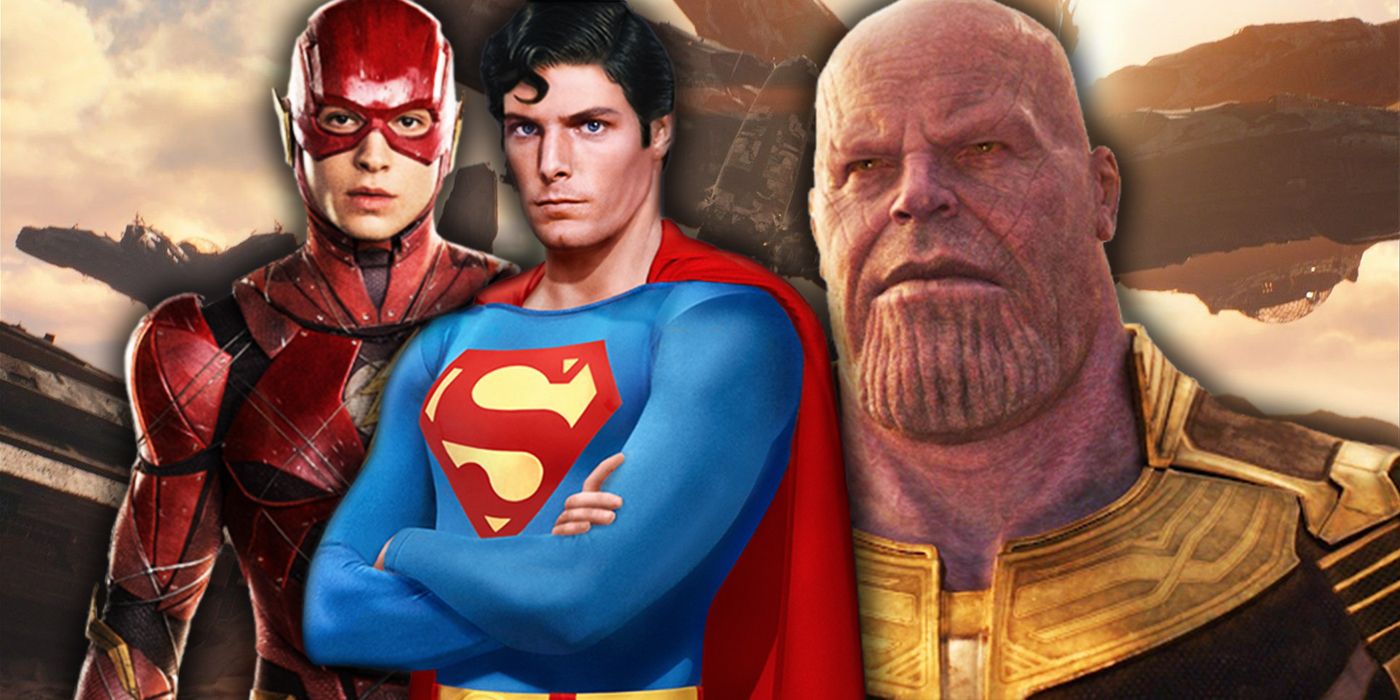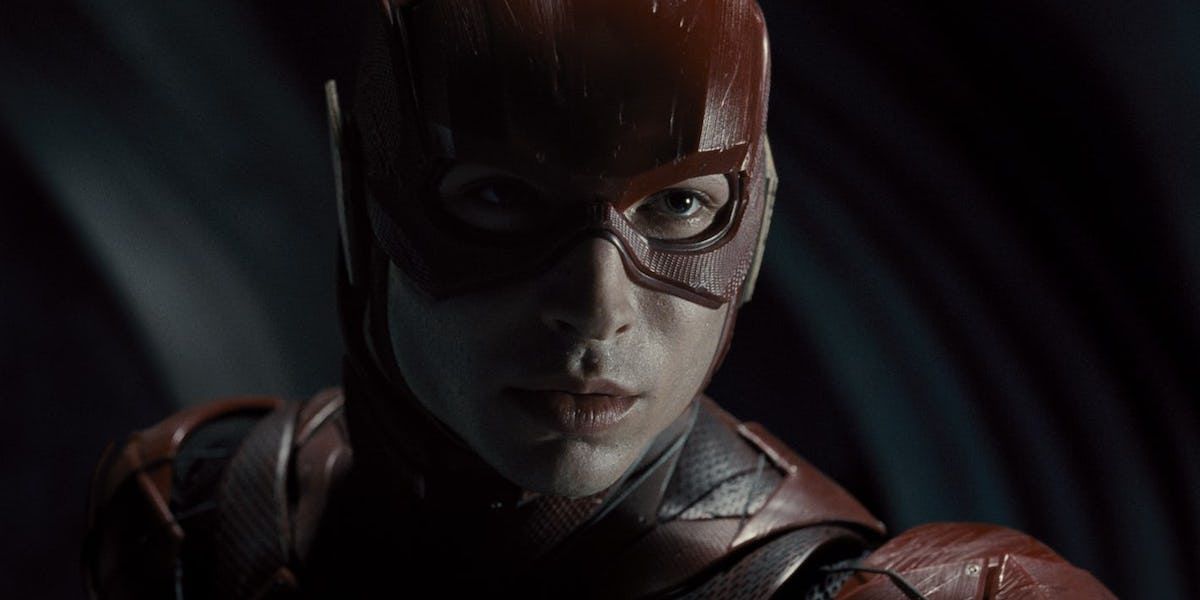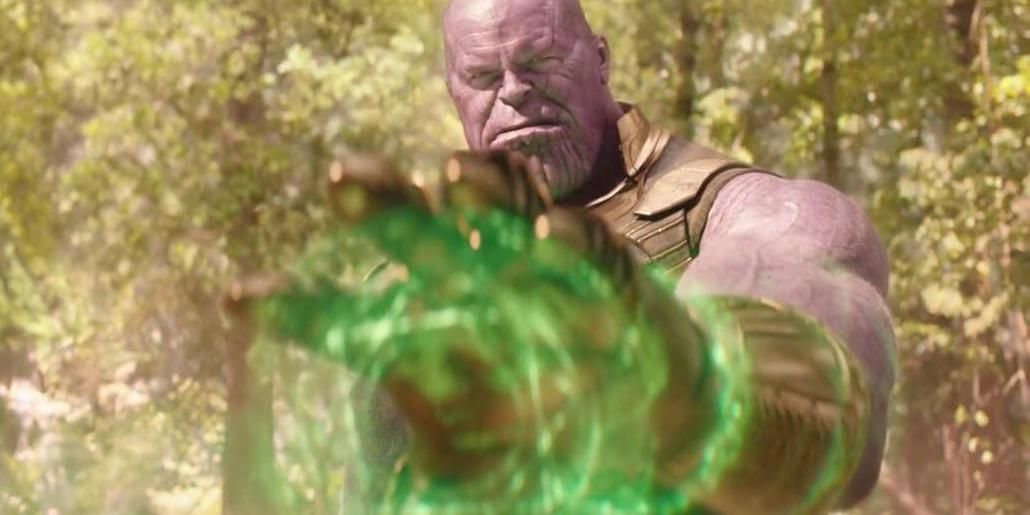WARNING: The following contains spoilers for Zack Snyder's Justice League, now streaming on HBO Max.
In Zack Snyder's Justice League, one of the biggest surprises came in the finale, when Ezra Miller's Flash had to reverse time. Steppenwolf managed to put the Unity into play to terraform the planet so Flash went back to stop this, all so the heroes could save the day. It was a deus ex machina that reminded DC movie fans, in particular, of how Richard Donner's Superman in 1978 had Kal-El reversing time as well to save Lois after she was killed by falling debris from a missile strike.
When it comes to the most palatable alteration of the space-time continuum, however, neither of these films did it quite right. Instead, that accolade goes to Avengers: Infinity War's Thanos in Wakanda.
The issue with the Donner ending is that reversing the rotation of the Earth came out of nowhere. It wasn't an established Superman power, so seeing him doing this feels rather ridiculous. There's also nothing in physics to support the idea that flying fast to reverse the Earth's rotation allows one to reverse time. As for Snyder's Flash, Barry wasn't particularly well-versed in the Speed Force, so it felt like quite a creative risk to take. In the end, the moment felt forced and was mainly there to showcase Barry's relationship with his father. In reality, if he already had this ability, he could have attempted a Flashpoint and saved his father and mother, preventing his father from going to prison in the first place.
When it comes to the Marvel Cinematic Universe's Mad Titan, though, there were no plot holes or luck -- Thanos' action was calculated, logical and stuck to the essence of the narrative. This time-reversal was already set up when Doctor Strange used it against Kaecilius' forces in Doctor Strange, and once the Sorcerer Supreme gave the Time Stone to Thanos, it was only a matter of time before the villain used it.
As such, when Thanos came to Wakanda and saw Wanda destroy the Mind Stone, it was the perfect setup that felt so organic to the nature of the gem. Nothing was pulled out of thin air -- Thanos simply used the stone and rewound history, allowing him to knock Wanda aside, extract the other gem from the bot's head and complete the set to form the Infinity Gauntlet.
In addition, it really felt within character and added believable drama to the film, as many felt like the heroes were going to win. While the move might've been predictable, it at least fit within the pre-established rules of the Time Stone. And Thanos wanted to win at all costs, so it was also a very in-character choice for him to make.
Unlike Flash and Superman, Thanos wasn't winging it; he knew how to use the stones because he'd already been jumping all over the universe, collecting them and deploying them as weapons. It wasn't goofy, clunky or a Hail Mary play, which really allowed the Russos to keep the momentum and maintain the gravity of the situation. It's why this moment stands above Flash's reactive decision in the Snyder Cut and Superman's sequence from decades ago.
Zack Snyder's Justice League stars Ben Affleck as Batman, Gal Gadot as Wonder Woman, Henry Cavill as Superman, Amy Adams as Lois Lane, Jason Momoa as Aquaman, Ezra Miller as The Flash, Ray Fisher as Cyborg, Jeremy Irons as Alfred Pennyworth, Diane Lane as Martha Kent, Ray Porter as Darkseid, Ciarán Hinds as Steppenwolf, Jesse Eisenberg as Lex Luthor and J.K. Simmons as Commissioner Gordon. The film is currently available on HBO Max.



